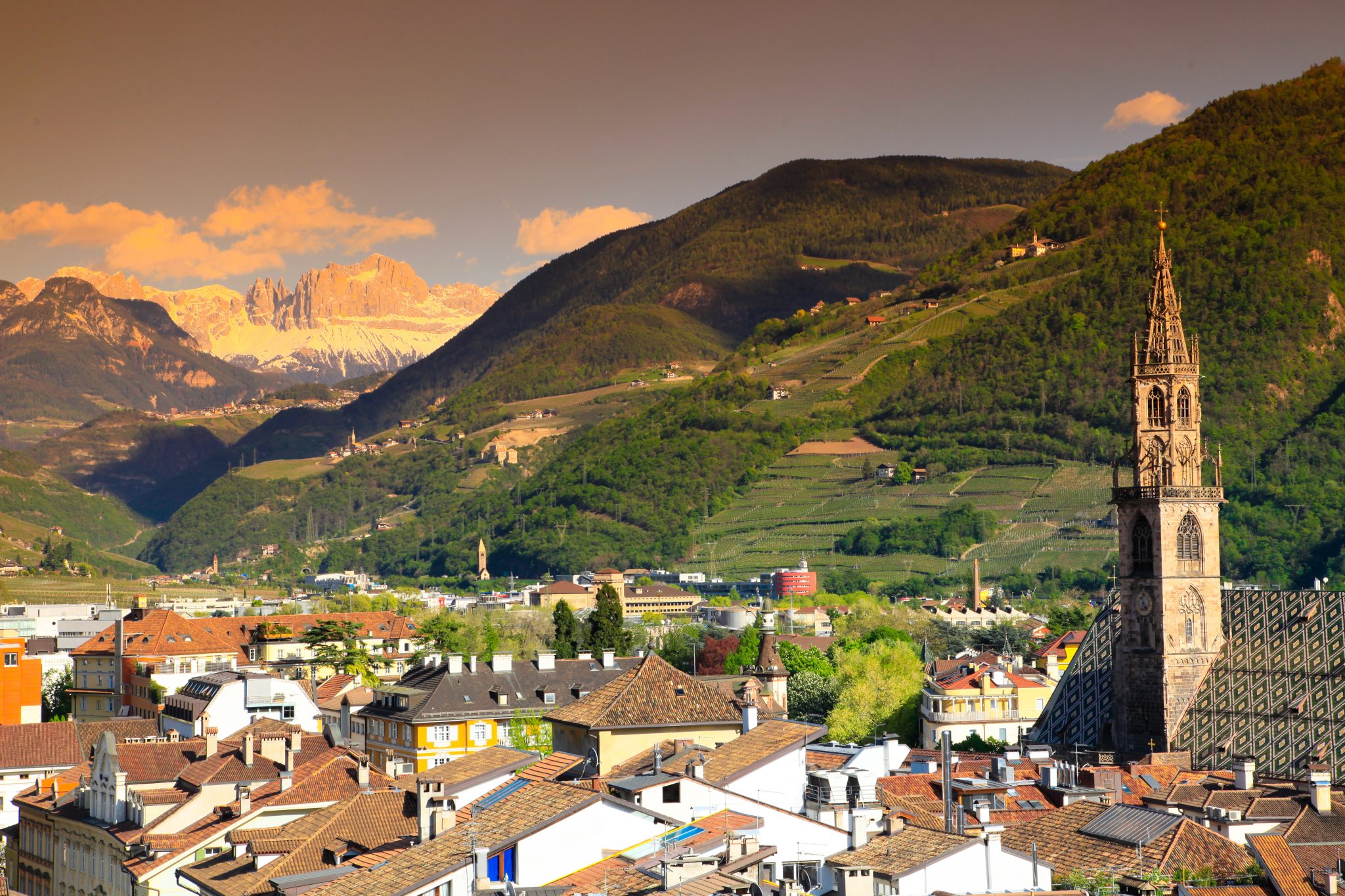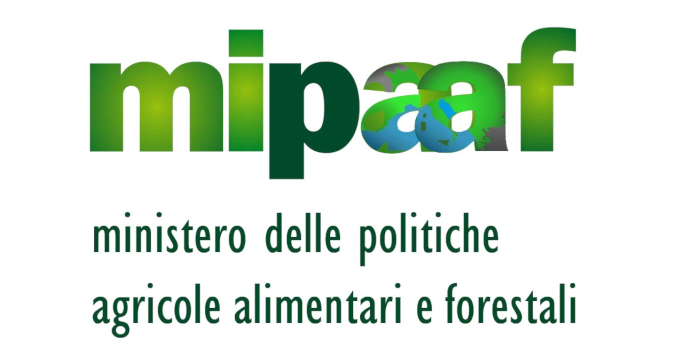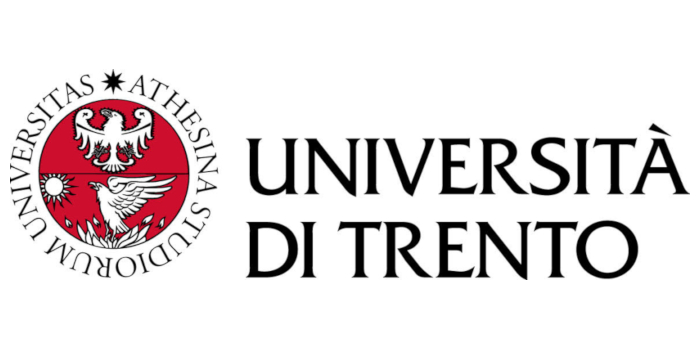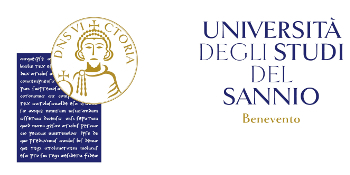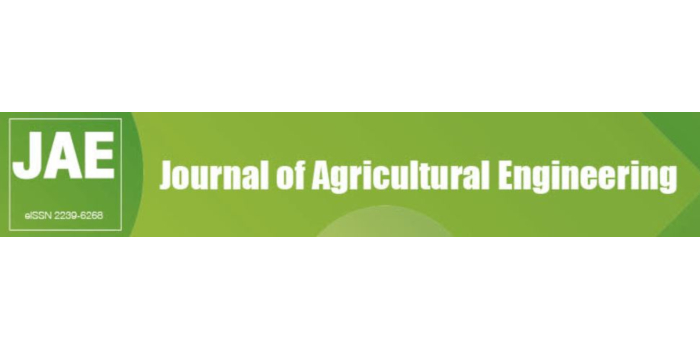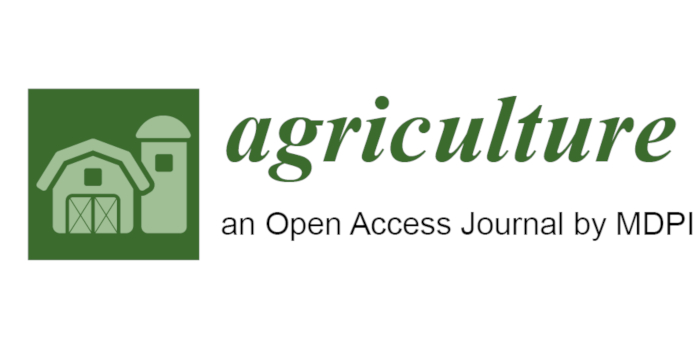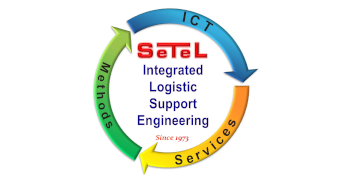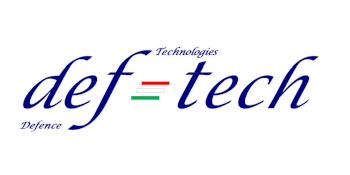Livestock gaseous emissions, measurement and modelling techniques from barn to field
ORGANIZED BY
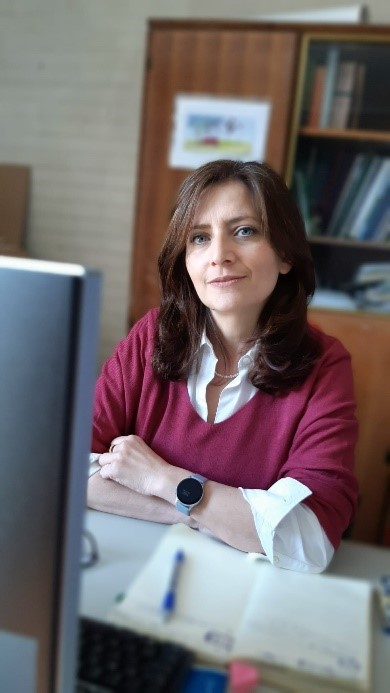
Stefania Pindozzi
University of Naples Federico II
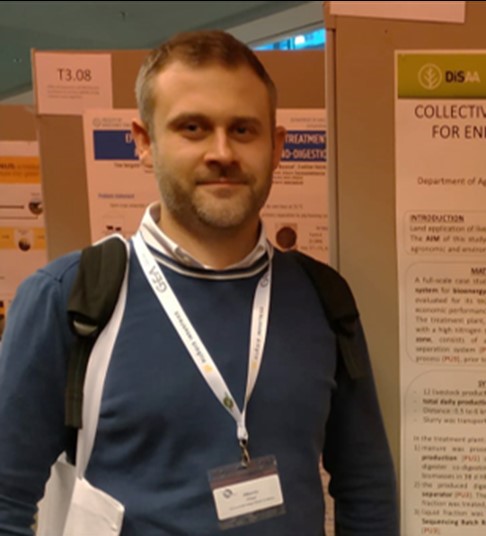
Alberto Finzi
University of Milan
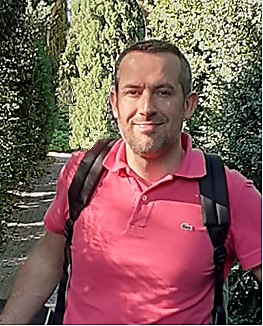
Marco Bovo
Alma Mater Studiorum University of Bologna
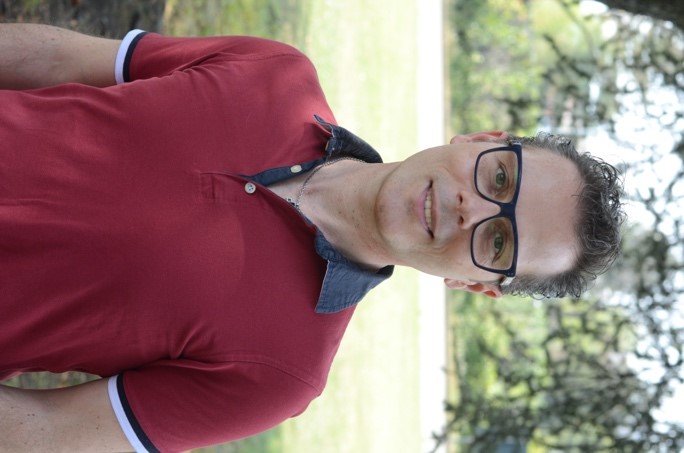
Elio Dinuccio
University of Turin
ABSTRACT
Specific challenge is posed for agriculture, which is responsible for 10.3% of the EU’s GHG emissions and about 94% of NH3 emissions, thus threatening terrestrial, aquatic, and atmospheric ecosystems. The management of livestock manure is one of the major causes of pollution due to nitrogen and carbon losses, and particulate matter emission. Finding efficient solutions to these issues and reducing livestock impacts is one of the main challenges faced by agriculture nowadays.
There is a need to improve knowledge about the main factors affecting potential emissions from the whole manure management chain, also evaluating the efficiency of different mitigation strategies towards an overall increase of nutrient recycling by crops. This knowledge strongly depends on the possibility to make reliable measurements related to NH3, GHG emissions, and particulate matter, identifying the proper measurement and sampling methods that allow the monitoring of emissions. Starting from a better understanding of dynamics linked to territorial and meteorological conditions, modeling tools can provide farmers and institutions with more organized and complete information to make sustainable management choices for the livestock sector.
The session wants to create a forum discussion about measurement techniques to tackle the issue of gaseous emissions, encompassing also treatment strategies, as well as new technologies for gaseous detection inside and outside of the barn, up to the field.
TOPICS
We welcome studies addressing the following, but not limited to:
- Measurement techniques and sampling methods for gases detection, innovative approaches are encouraged;
- Gases measurement in the livestock farm (from the barn to the field);
- Efficiency of manure treatments in the abatement and recovery of nutrients;
- Evaluation of the environmental impacts and assessment of the efficiency of combined mitigation strategies;
- Modelling of nutrients losses, from local to a regional scale and on longer time scales (including tools for decision support).
ABOUT THE ORGANIZERS
Prof Stefania Pindozzi is Associate Professor of Rural Buildings and Agro-forest Land Planning at the Department of Agricultural Sciences of the University of Naples, Federico II. Since 2020 she belongs to the BAT Center - Interuniversity Center for Studies on Bioinspired Agro-Environmental Technology, hosted by the University of Naples Federico II. She has completed graduated with honors in Environmental Engineering, and she holds a Ph.D. in Science and technologies for environmental management. Her main research activities deal with: i) Manure management optimal strategies aimed to the reduction of environmental impact; ii) Ammonia emission assessment after animal manure application to the soil, with special attention to the implementation of innovative measurement techniques; iii) Land use change models for scenario analysis to assess ex-ante or ex-post landscape management strategies; iv) Implementation of spatial multi-criteria decision analysis combined with ecological indicators to support landscape management; v) Energy crops spatial allocation and their potential environmental impact. Research activities are carried out in the open field or small-scale experiments, as well as with the use of software (ESRI ArcMap, InVest, etc.) according to the different research purposes.
Alberto Finzi is a researcher at the Department of Agricultural and Environmental Sciences at the University of Milan. The research activity concerns the study of livestock manure management systems and the effects of housing structures on animal welfare, in particular dairy cattle. Specific investigations focus on the evaluation of ammonia and GHG emissions from livestock activities; the application of indirect analysis systems to characterize manure composition; the assessment of technical and environmental performance of traditional and innovative treatments for the removal/recovery of nitrogen and phosphorous from manure.
Marco Bovo is Researcher of Rural Buildings and Agro-forest Land Planning at the Department of Agricultural and Food Sciences of the Alma Mater Studiorum University of Bologna. He has graduated with honours in Civil Engineering and he holds a PhD in Structural Engineering and Hydraulics. His main research activities deal with: design and calibration of environmental monitoring systems for greenhouse gas emission measurement, modelling and analysis of environmental parameters in agricultural, livestock and agro-industrial buildings, thermo-acoustic optimization of building envelopes, LCA and CFD simulations, structural design of civil and rural buildings, PLF systems, energy production by renewable sources. He is member of the research team of the University of Bologna within the ongoing PRIN 2017 research project “Smart dairy farming: innovative solutions to improve herd productivity” and PRIMA Project “Self-sufficient Integrated Multi-Trophic AquaPonic systems for improving food production sustainability and brackish water use and recycling (SIMTAP)”. He is member of the Italian Association of Agricultural Engineering (AIIA), European Society of Agricultural Engineers (EurAgEng), and International Commission of Agricultural Engineering (CIGR).
Elio Dinuccio is Associate Professor at the Department of Agriculture, Forest and Food Sciences - University of Turin. He has expertise in agriculture engineering with special regards to mineral and organic fertilizers spreaders, animal waste management concerning water, soil and atmospheric pollutions, nutrients application and agricultural by products valorisation. He has specific competences on particulate matter, ammonia, and greenhouse gas emission measurement, abatement strategies and manure treatment technologies, energy production from ligno-cellulosic by-products and energy crops.

